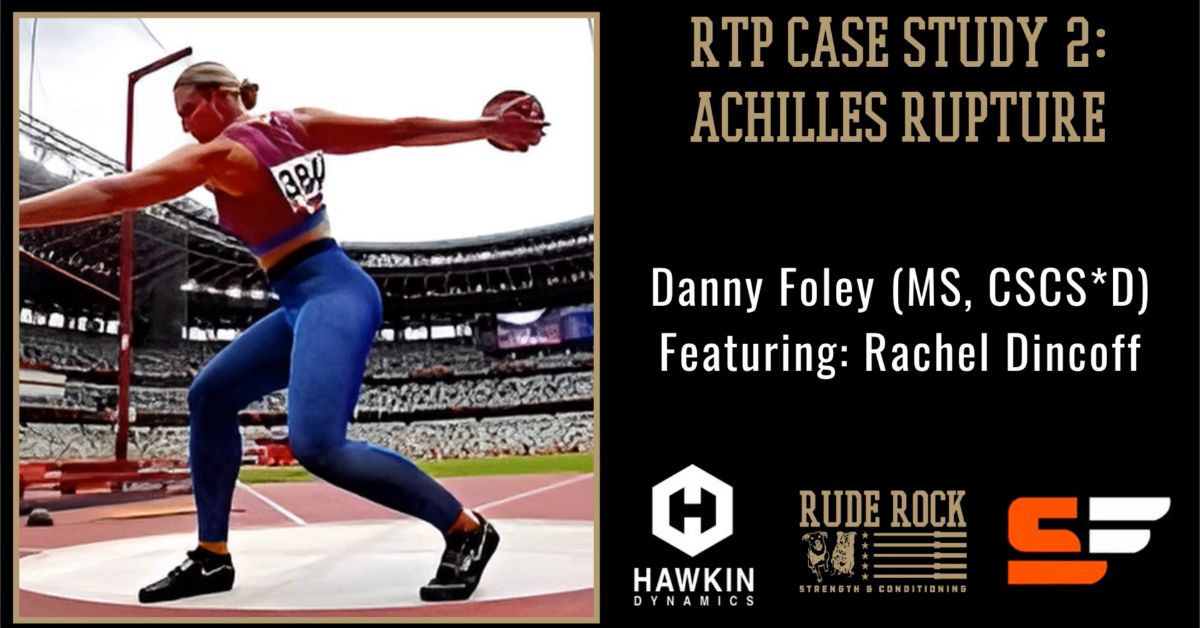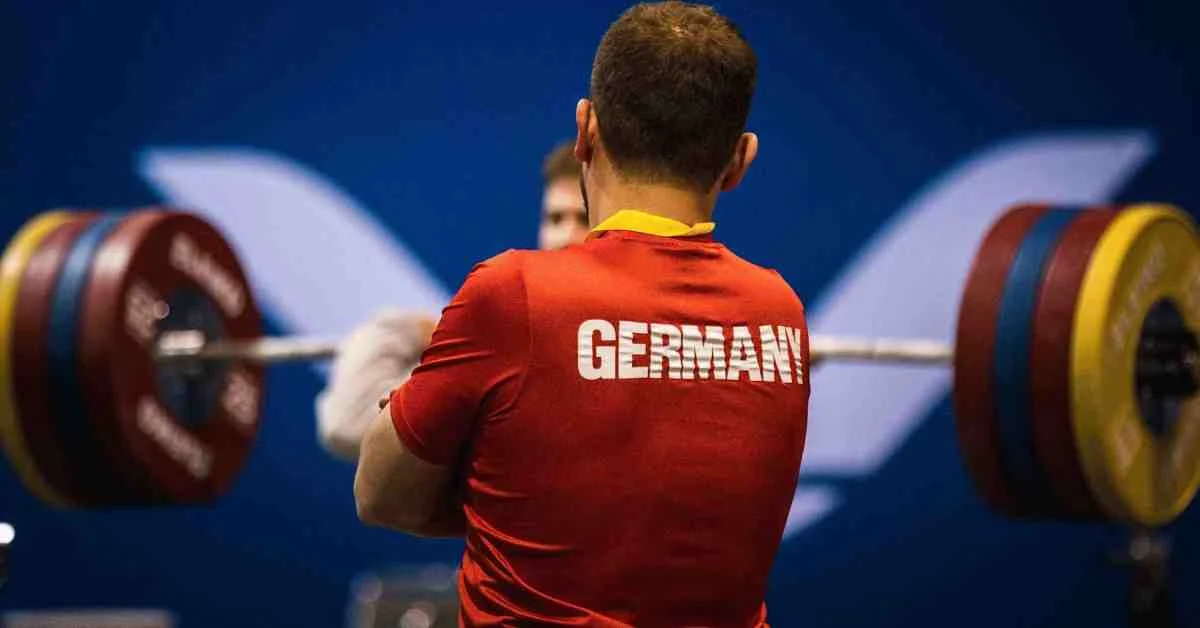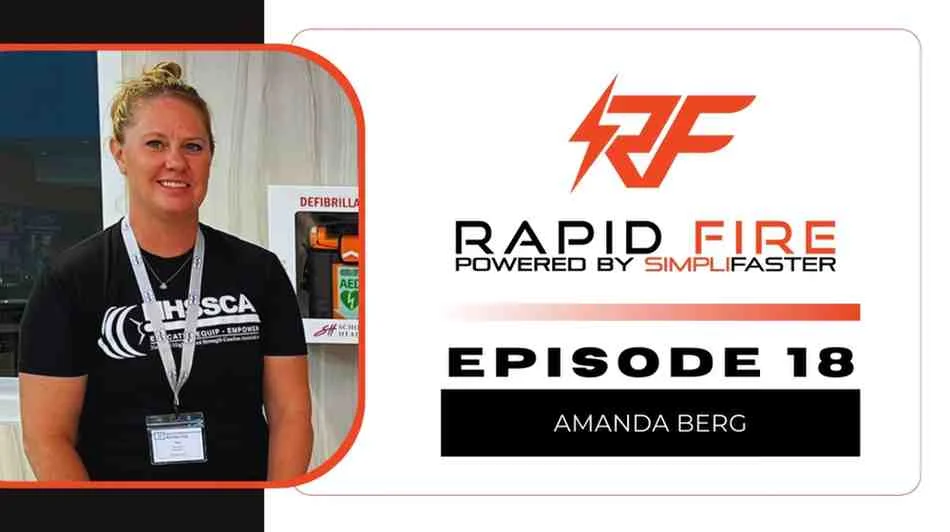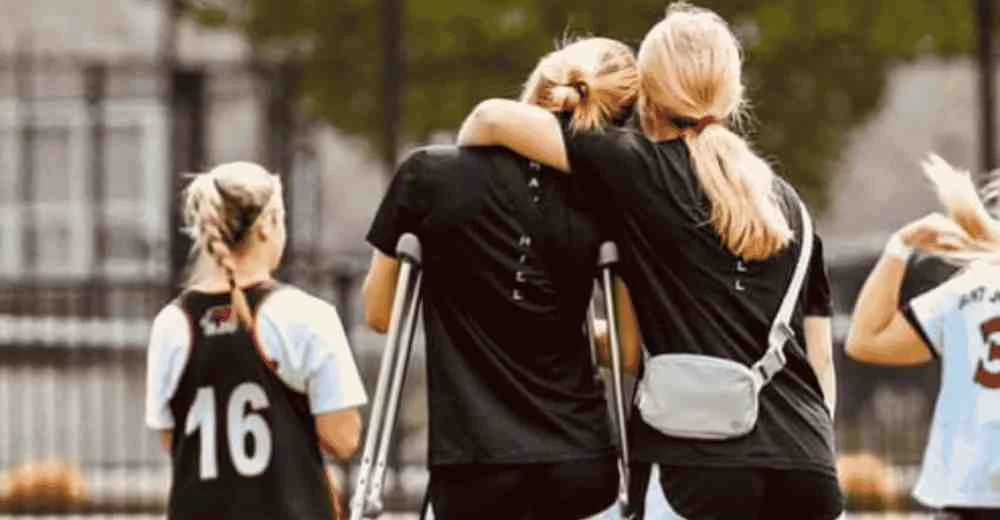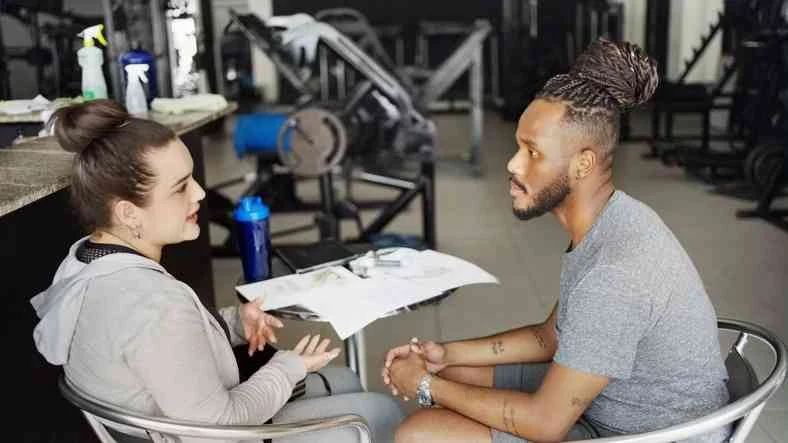What does the restorative strength training process look like for an Olympic athlete in the midst of return to play from a career-threatening injury?
In this case study module, Coach Danny Foley takes us inside his role in that effort as he works with elite discus thrower Rachel Dincoff. After competing in the 2020 Tokyo Olympics, Dincoff suffered an Achilles rupture while training for the 2024 Paris games that required a trio of surgical procedures.
For Foley, the process begins with what he terms subjective understanding with objective knowing. “What I mean by that,” Foley says, “Is we need to equally understand the athlete for who they are and the human side of who they are as well as having our objective criteria for decision making and programing.”
The subjective side involves conversation, soft-tissue work, feedback, keen observation, and other coaching considerations. Supporting the “objective knowing,” Foley integrates performance data from Hawkin Dynamics force plates as a key tool to support or confirm decision-making.
Watch the full webinar module below.
Video 1. Coach Danny Foley shares a case study of his restorative strength training process with Olympic discus thrower Rachel Dincoff. We need to equally understand the athlete for who they are and the human side of who they are as well as having our objective criteria for decision making and programing,’ says @danny_ruderock. Share on X
If you missed the first module, our RTP Case Study series began with “Return to Play Case Study Module 1: High Ankle Sprain for Football.” Each installment can be watched independently, and that debut episode covered KPIs, a training overview, and the implementation of force plate data into the RTP model for a D1 defensive end recovering from a high ankle sprain.

